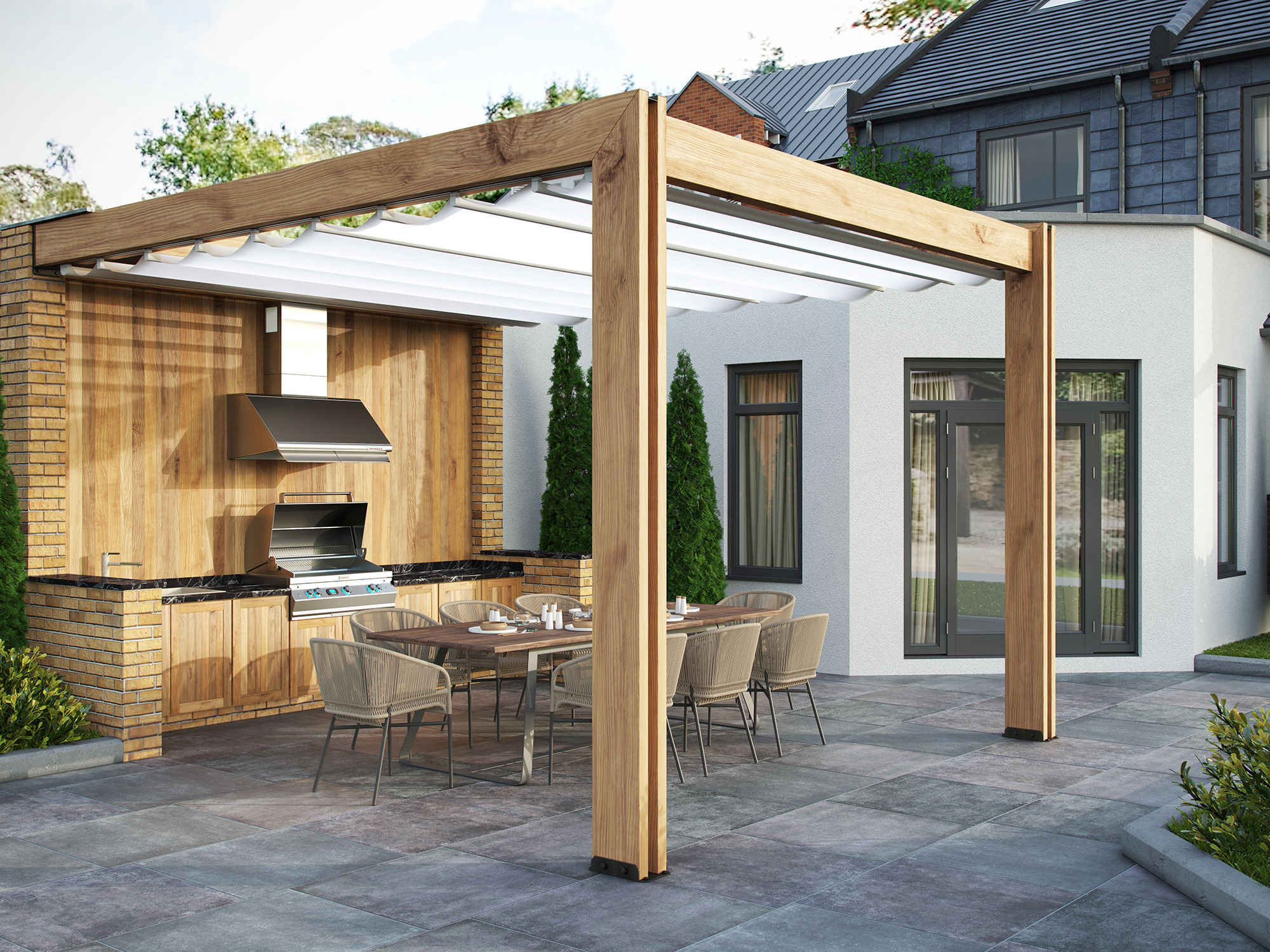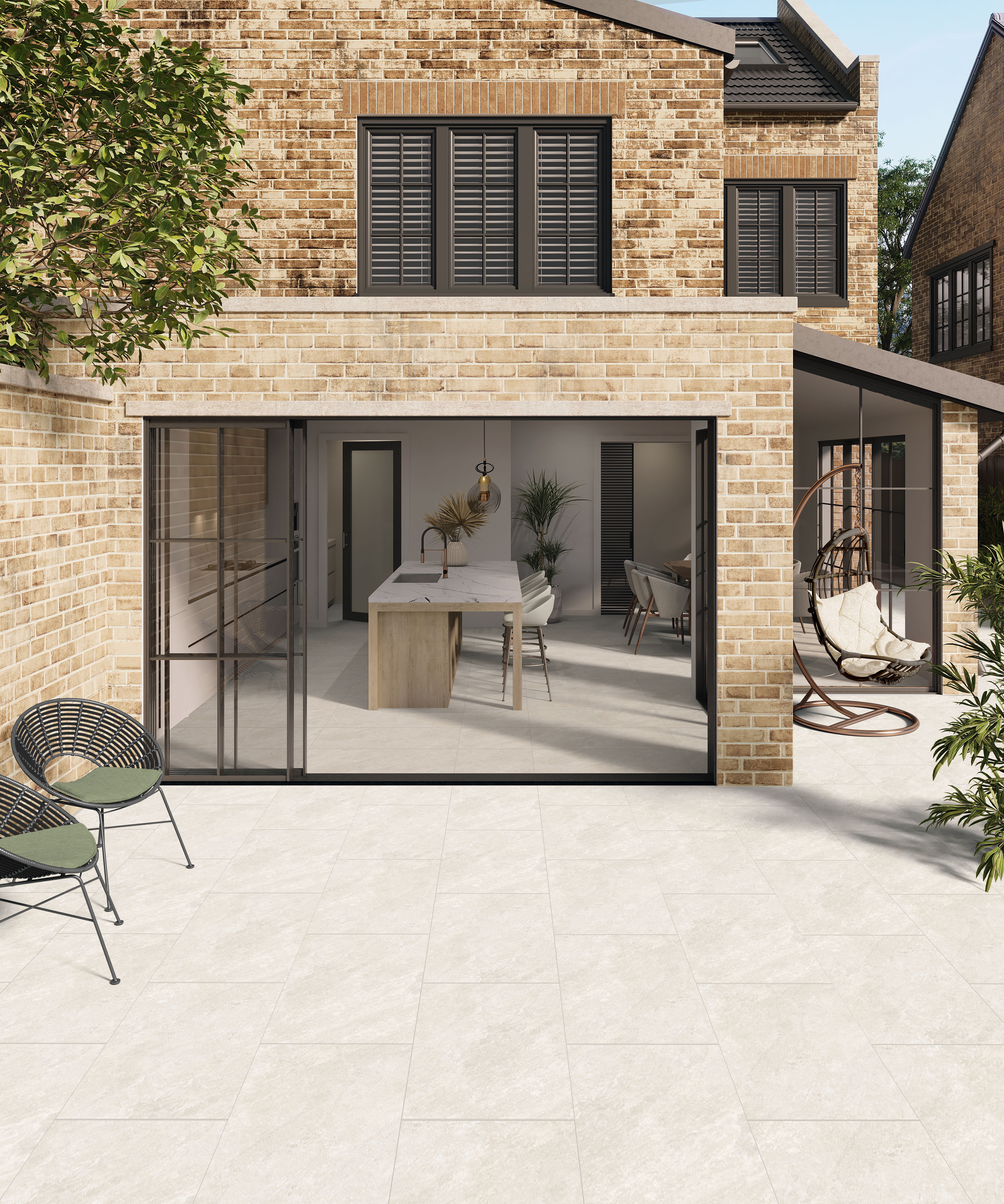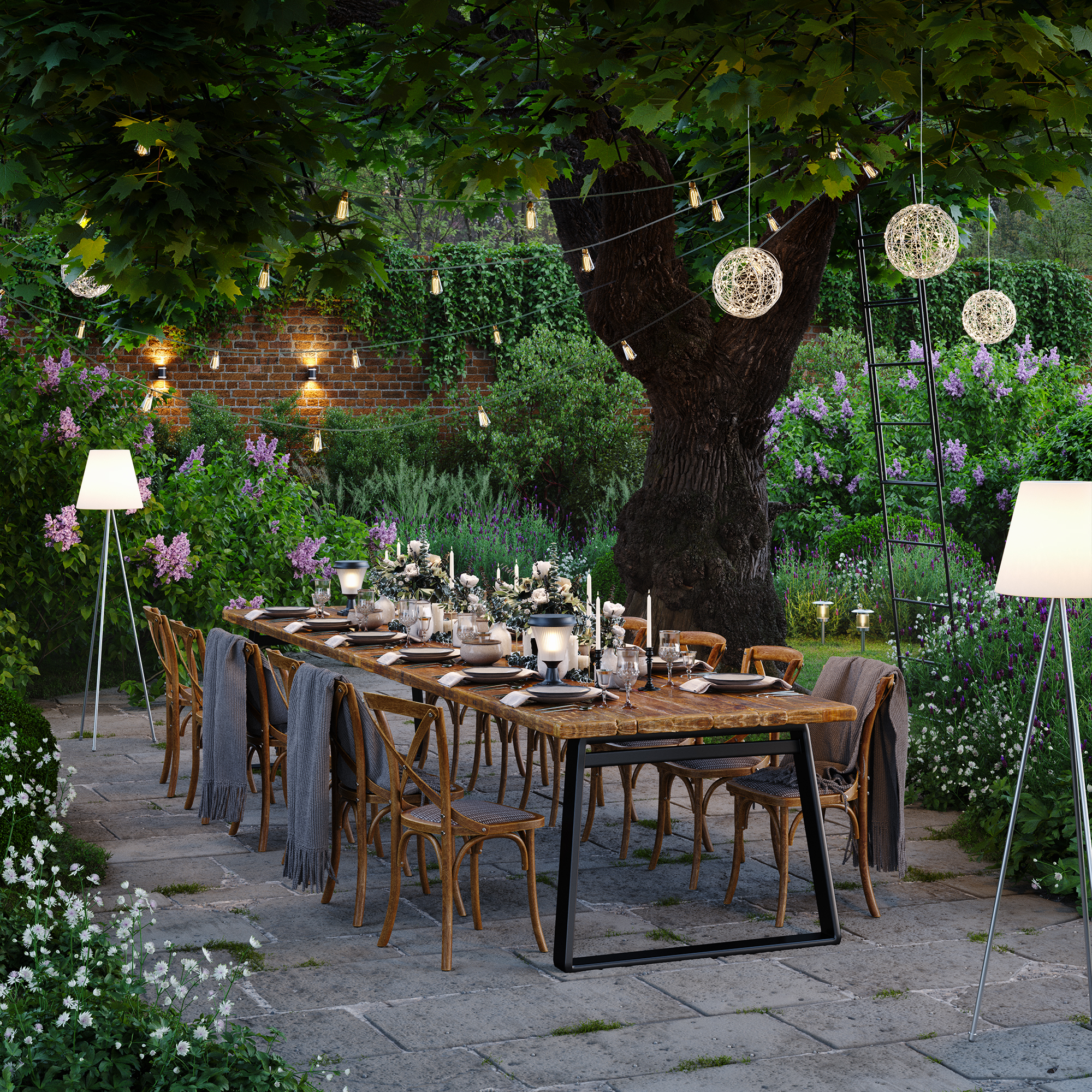
Privacy statement: Your privacy is very important to Us. Our company promises not to disclose your personal information to any external company with out your explicit permission.

Linking indoor and outdoor spaces is not a new design concept. John Brookes wrote his seminal book ‘Room Outside’ in the 1960s. That was 60 years ago. And while the range of products has increased exponentially, the role a garden can play hasn’t changed - an extension of our home. In this article we explore different ways to help you create a beautiful and functional indoor-outdoor space that complements your lifestyle.

A garden’s purpose should be the starting point for its design rather than aesthetics, according to landscape gardener Liam Curtis, owner of Twynham Garden Projects. He said: “The most important thing is how you want to live in the space, how you plan to use it. If a client wants an entertainment area with an outdoor kitchen or brick pizza oven or BBQ, I start there and build around it. You need a primary focus, and the rest will grow out of it.” According to this functionalist view, form follows function.
Luke Mills, director of Landscape Service, agreed clients today mostly want outside space for entertaining and relaxing, including dining for six to ten people and soft seating. If a kids’ play area is on their wish list, it will be in a separate zone. “We often mirror the interior, especially if it’s an open plan layout,” said the garden designer. Of course, you may prefer to grow flowers.

Consider hiring a garden designer. It’s all too easy to ignore the garden when designing a home extension or remodelling your living area. In the past, houses afforded partial views of outdoor spaces through a few windows, said Mills. Today, a popular choice is to open-up the back of a property with contemporary bifold or sliding doors. Swatches of glazing ensure a visual connection to the garden, patio or distant view. When bifold doors are pulled back, there is no physical barrier between the inside and out.
A large bay window overlooking a lush, green garden can be just as immersive. Plus, it can provide a cosy reading nook.
“Some people get near the end of a project and have a wall of glass installed and realise they need to address the garden but have run out of money. What is the point of having a panoramic view and looking out on something horrible,” said Mills.

Matching flooring creates a seamless transition between inside and outdoors. “We try to match the inside and outside materials as closely as possible to visually connect the spaces,” said Mills. “Even things like grouting should match. It’s the little details that really create a connection between the spaces.”
Be aware the tiles must be suitable for both inside and outside use. They need to be frost-proof and have extra slip resistance, so they don’t become a hazard when wet. The colour is important, too. “We try to talk clients out of bright white tiles because they can bounce light outside and you end up squinting.” Sometimes it might be better to go for a light grey or beige, said Mills.
If you want a low maintenance outside space, porcelain paving tiles that mimic natural stone are better than the real thing that require pressure washing every year, he said. “As a man-made material, porcelain is a completely sealed tile and won’t absorb water whereas natural stone does absorb water and goes green with algae.”
Consider installing a level threshold between inside and outside spaces. Avoid steps if possible. Not only does it provide a safer stepover for the young and elderly but blurs the boundaries between inside and out, especially paired with bi-fold or sliding doors. Mills said: “A level threshold makes it easier for people walking outside with food and drinks glasses when they don’t have to think about steps. Obviously, it needs to work with the architecture, and you can’t go below the damp proof course.” The patio should also drain away from the house.

Extend the usability of your indoor-outdoor space into the evening by incorporating lighting. There’s a whole range of garden lighting, including spike lights or uplighters stabbed into the ground and globe hanging lanterns. Another option is recessed LED lights that shine a beam across a path, patio or wall. “Sometimes it’s done for safety reasons, so people can navigate the garden in the dark,” said Curtis. Lighting focal points in the garden that can be seen from the house, such as an ornamental tree or architectural feature, adds an element of visual interest at night. For example, a simple string of solar fairy lights on a trellis can look festive.
“People want plug sockets everywhere now,” said Curtis. “I think that is so they can take their laptops outside or have a television or film projector. People are really thinking about bringing their lives outside and not being forced inside. I think’s it’s brilliant.”
If you are looking for help with a building project, visit our "Home" page to get instant contact details.
Email to this supplier
About Us
Related Products List
Contact Us

Privacy statement: Your privacy is very important to Us. Our company promises not to disclose your personal information to any external company with out your explicit permission.

Fill in more information so that we can get in touch with you faster
Privacy statement: Your privacy is very important to Us. Our company promises not to disclose your personal information to any external company with out your explicit permission.